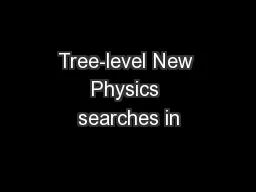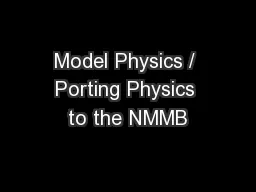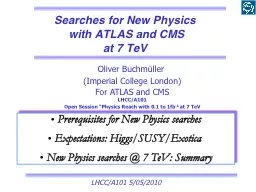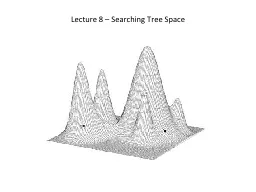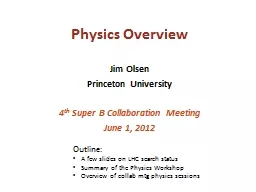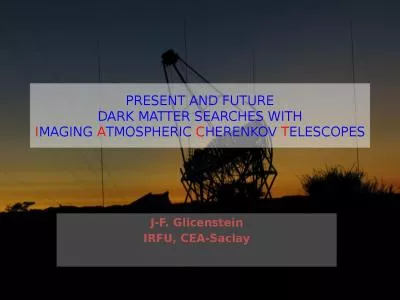PPT-Tree-level New Physics searches in
Author : lindy-dunigan | Published Date : 2018-02-02
semileptonic decays at Belle Christoph Schwanda Institute of High Energy Physics Austrian Academy of Sciences Outline of this talk Measurement of B 0 D t n with
Presentation Embed Code
Download Presentation
Download Presentation The PPT/PDF document "Tree-level New Physics searches in" is the property of its rightful owner. Permission is granted to download and print the materials on this website for personal, non-commercial use only, and to display it on your personal computer provided you do not modify the materials and that you retain all copyright notices contained in the materials. By downloading content from our website, you accept the terms of this agreement.
Tree-level New Physics searches in: Transcript
Download Rules Of Document
"Tree-level New Physics searches in"The content belongs to its owner. You may download and print it for personal use, without modification, and keep all copyright notices. By downloading, you agree to these terms.
Related Documents

